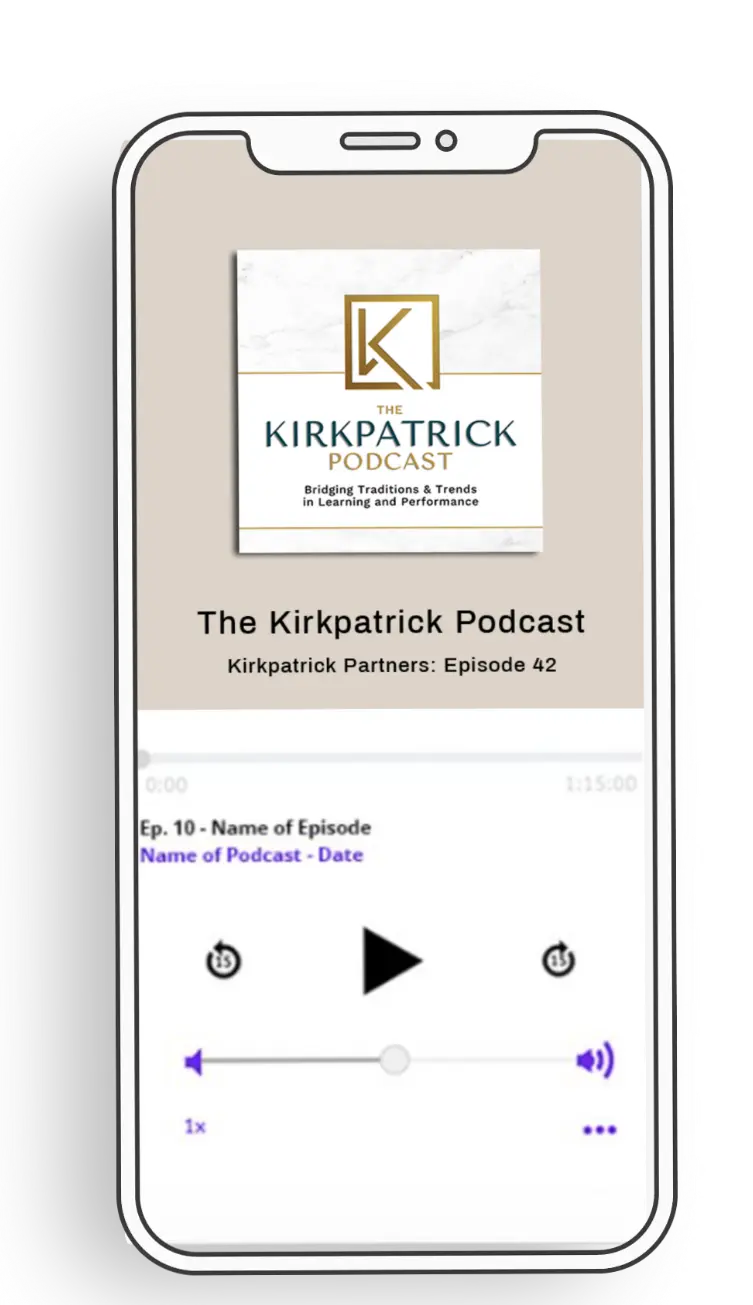Should We Forget Learning and Focus on Performance?

As we try to come to terms with the ghastly implications of the COVID-19 pandemic, how we measure the performance of our organizations has never been more important. I wanted to share what we have been doing at Kirkpatrick to address the performance issue.
The New World Kirkpatrick Model has turned my dad’s, Don Kirkpatrick, original four levels upside down. For over 50 years, learning practitioners began with Level 1 Reaction and Level 2 Learning, and overwhelmingly got so bogged down with smile sheets and knowledge testing that they rarely reached the more powerful Level 3 Behavior and Level 4 Results.
Practitioners of the New World Kirkpatrick Model now begin with the end in mind by first conducting a business needs analysis with stakeholders. Note that we do not call it a training needs analysis. It is followed by performance needs analysis with line managers to determine what must occur in the workplace in order to bring about significant value. Then, and only then, do we consider what needs to be learned, if anything, to generate the desired performance and subsequent results. In short, the focus now should be on on-the-job performance and organizational results. The pathway there is through business partnerships, and it more closely aligns training to corporate strategy.
With this said, you might expect my response to whether or not we should forget about learning and focus on performance to be, “Well, obviously!” Actually though, my answer is, “Certainly not.” However, we do need to approach the concept of learning in a different manner, and technology can help.
There will always be a place for formal learning. It has been, is, and always will be the cornerstone for performance and results, but alone it yields inadequate levels of both. Learning must be integrated into the on-the-job environment and not viewed as separate or discrete.
Here are some tactics for integrating learning into the workflow:
– Talk with line managers to find out their performance needs, and then develop performance-based tools to help.
– Create and disseminate “mini-performance boosts.” These are a more strategic form of microlearning consisting of a short video, audio, or written job aids designed to improve a specific performance issue.
– Make a virtual post-training community of practice for mission-critical initiatives.
– Automate reminders to hold weekly performance-improvement-based touch bases between training graduates and their instructors and/or supervisors.
– Establish a virtual coaching program.
– Convert formal training into on-demand resources accessible in the work environment.
Moving learning into the workplace will make training investments more impactful and move you into the role of a business performance partner. This will make all the difference for your organization, your training function, and you as a training professional. As Andy Perkins of Kaplan writes about the current COVID-19 crisis and its implications for business, “It is those businesses with the ability to learn and apply these skills in the workplace – identifying opportunities, developing new skill sets, applying new knowledge and solving problems – that will come through this terrible period with renewed purpose and vigor.”
We hope you will join the conversation on this important topic in our newest workshop, Kirkpatrick’s Solutions to Today’s Training Crisis.
You can also learn more by reading, Transferring Learning to Behavior and Training on Trial.
We are also available to speak with you. We are working safely from our home offices and welcome the chance to connect with people virtually.





